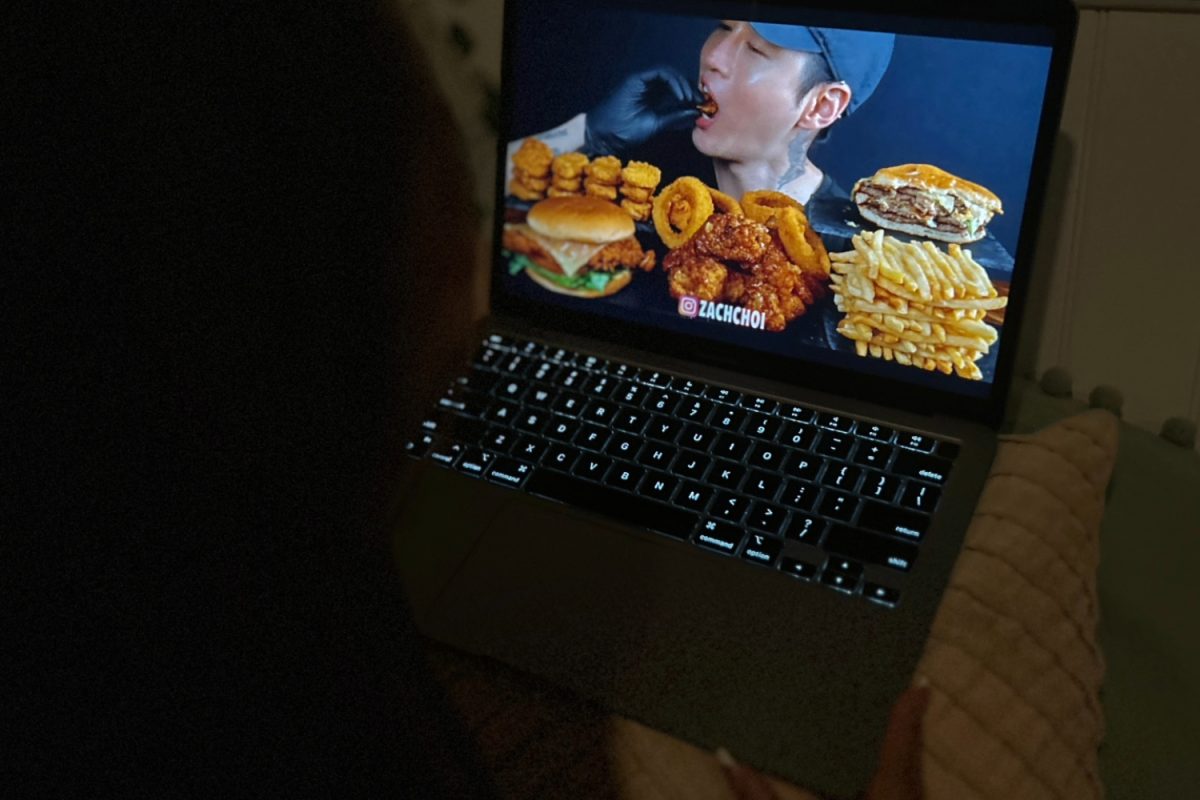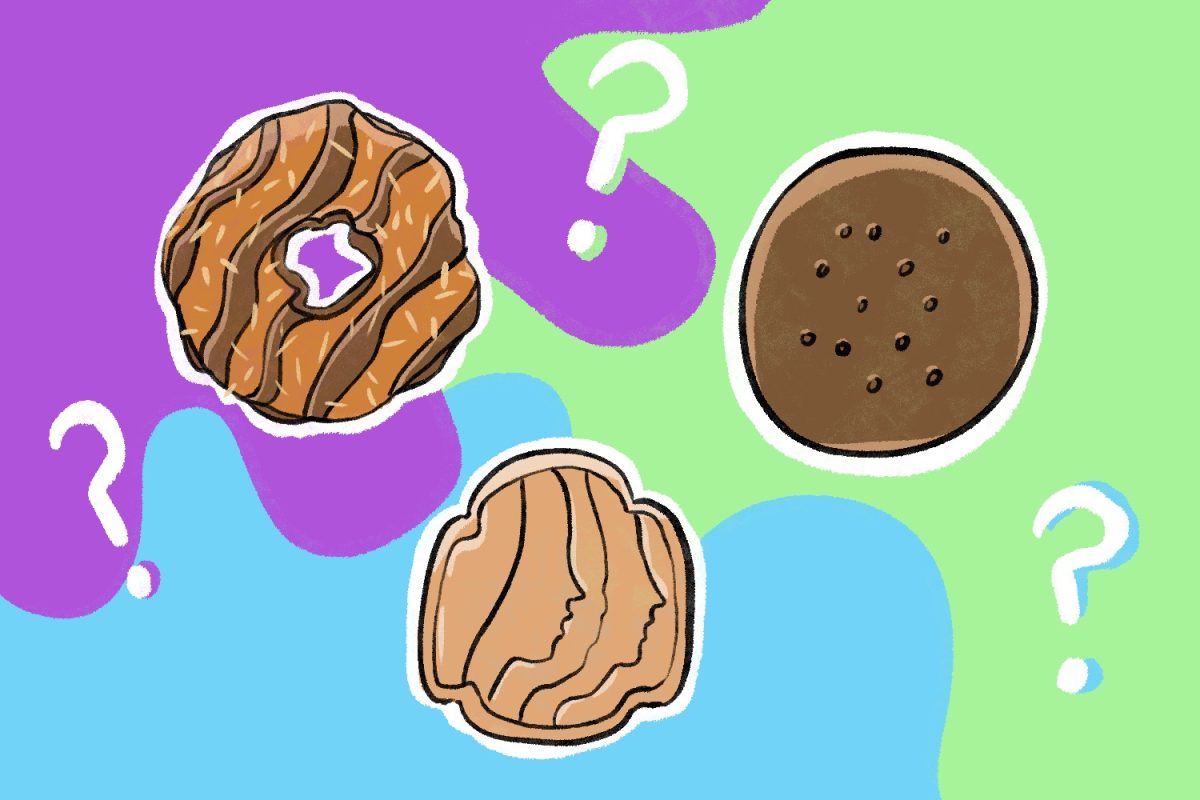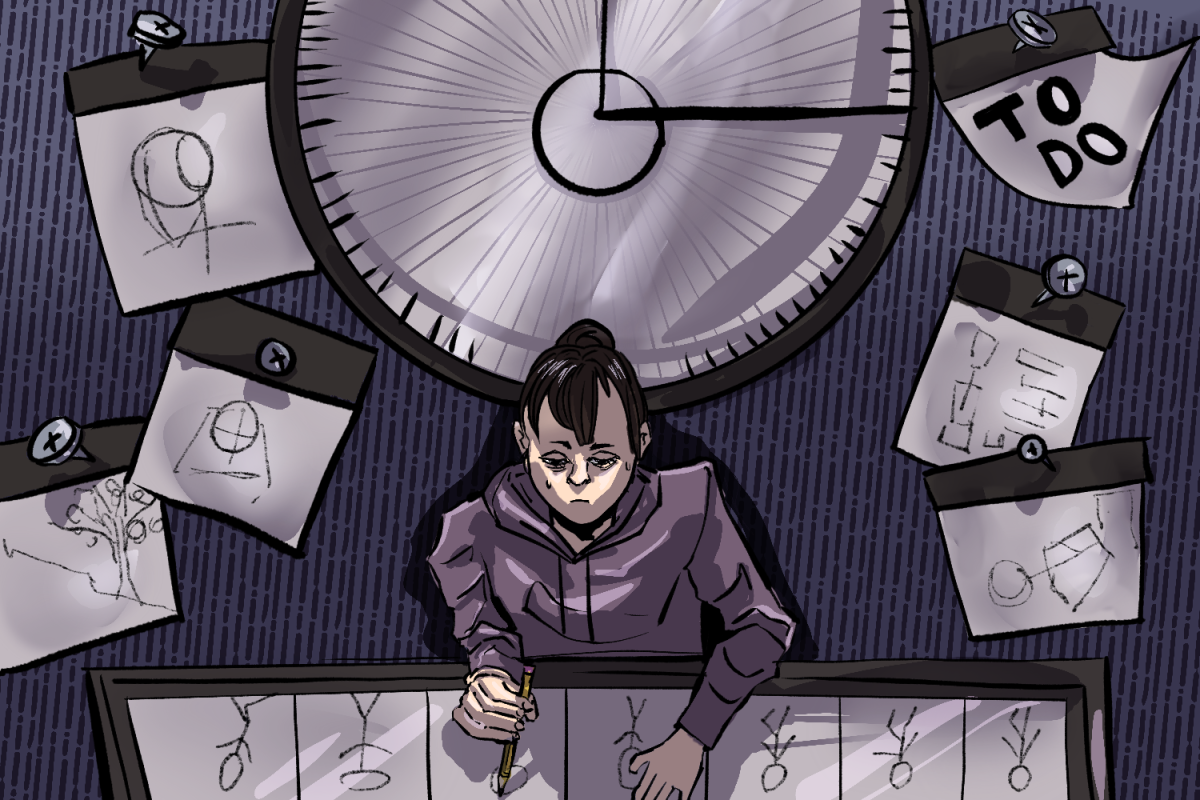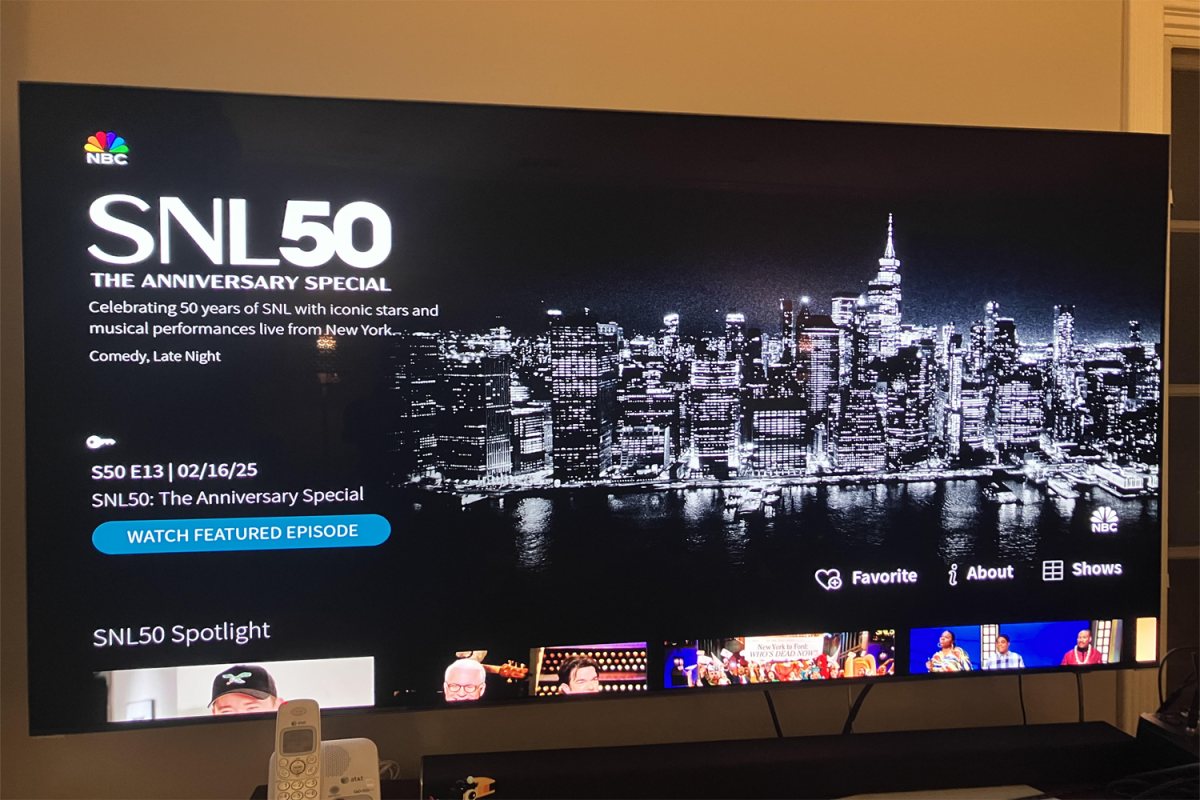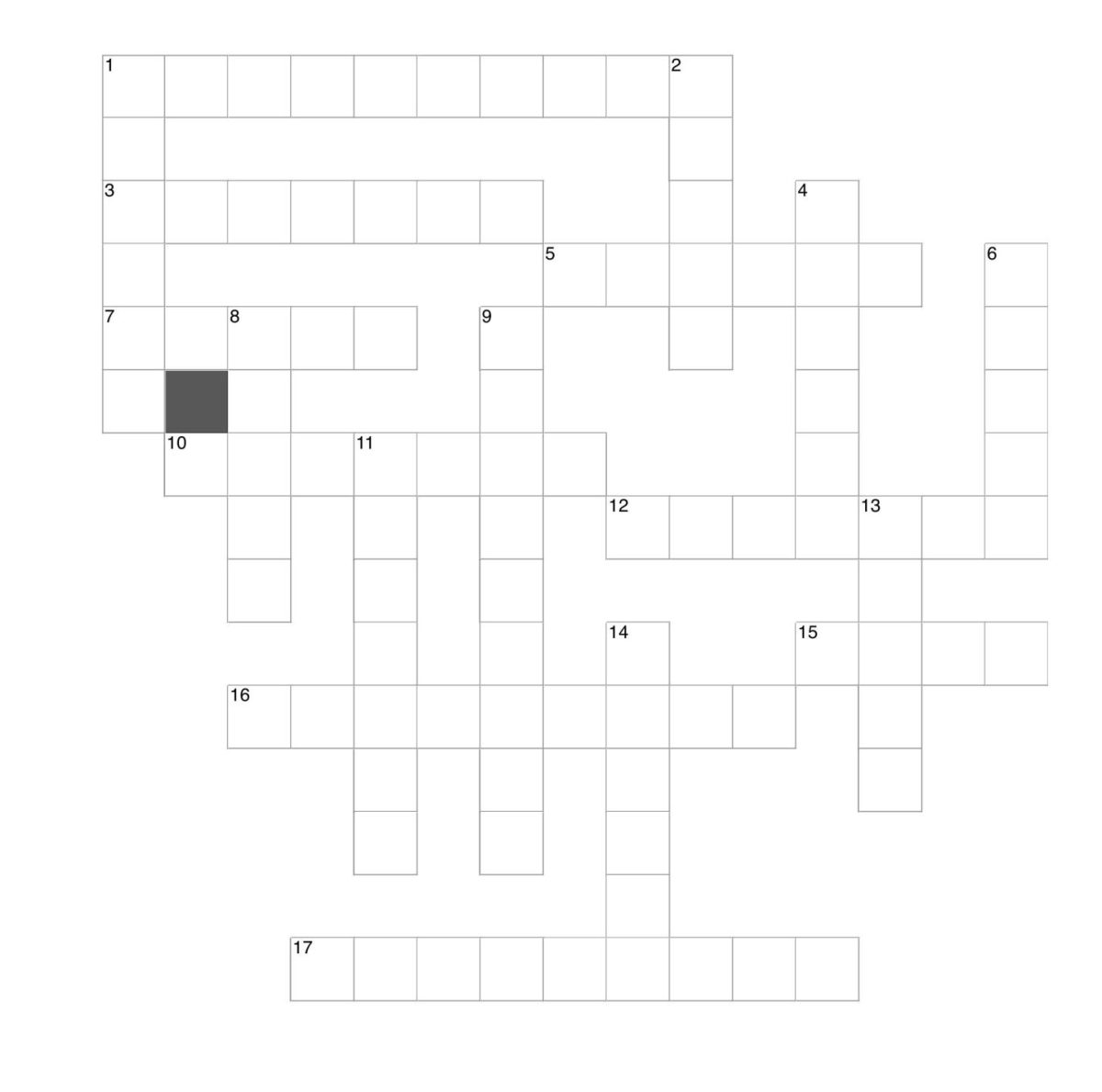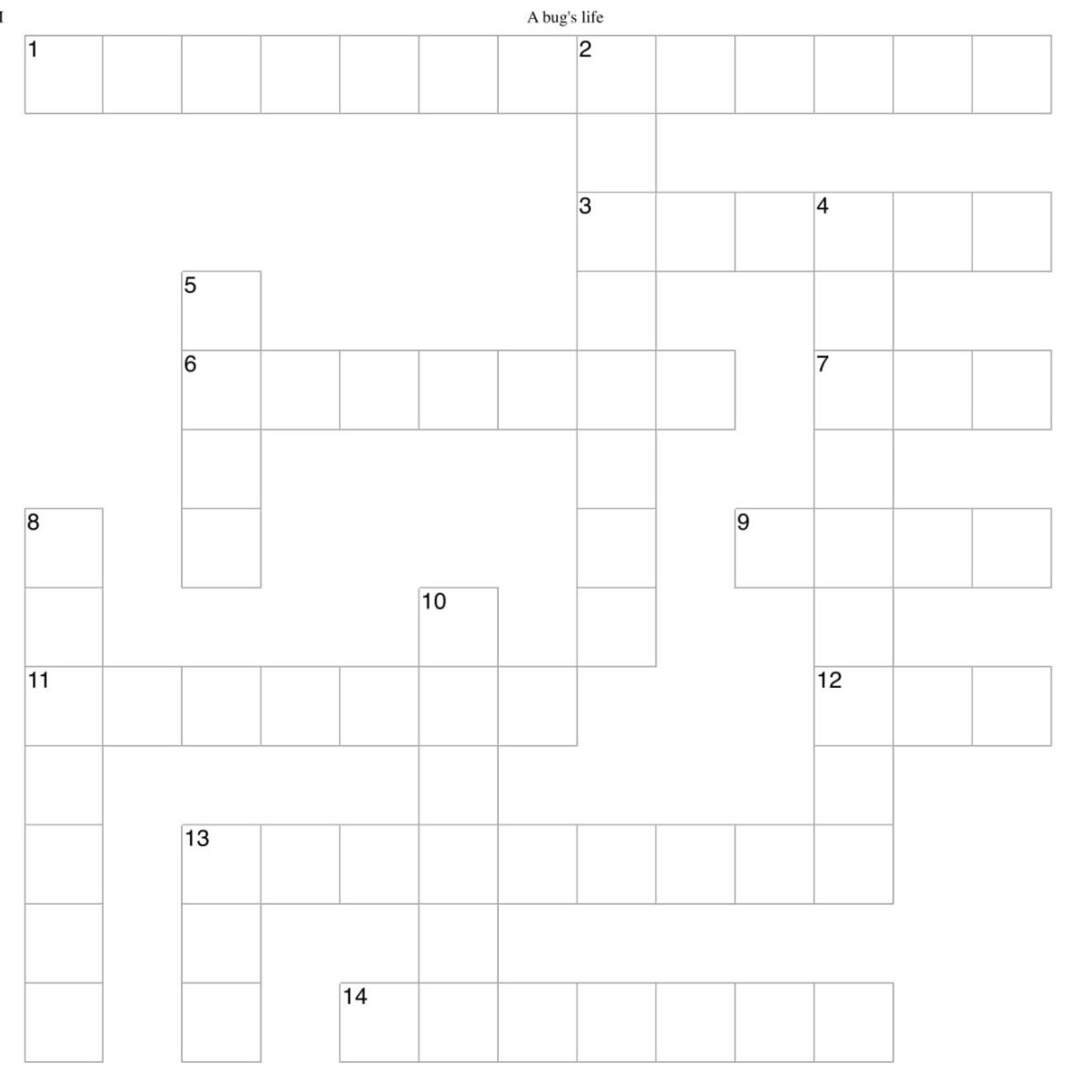Piles of noodles, towers of donuts, and mounds of fries.
This is what an average mukbang video on the internet consists of.
The term “mukbang” comes from a combination of Korean terms meaning “eating” and “broadcast.” And that is exactly what it sounds like. Mukbangs are streamed videos that exhibit content creators eating large amounts of food on camera.
The trend originated in South Korea around 2014 and has spread globally since, according to the National Library of Medicine. Today, mukbangs can be easily found through social media platforms, yet are most abundant on YouTube. Some have racked up millions of views; one of the most popular mukbang videos on YouTube by creator “Zach Choi ASMR” has over 59 million views.
[embedyt] https://www.youtube.com/watch?v=4a_NGIdhqKw[/embedyt]
“I enjoy watching them because they usually make it seem like the food tastes really good and they are enjoying the process,” said Jun Choe, a senior at Carlmont.
Not only do viewers enjoy watching mukbangs, but many also watch them for the social aspect to cope with loneliness.
According to Cureus, studies have shown that there has been an increase in the number of people living alone. This leads to more people watching mukbangs to have a sense of “digital commensality,” which refers to the feeling of being connected through digital technology-based intervention even when dining alone.
Although these videos can be entertaining and even helpful for viewers, some find the videos rather disturbing.
“I don’t like watching mukbangs because when I’ve watched them before, I got disgusted by the amount of food some creators put in their mouth. Also, the sounds of the people chewing annoys me,” said Alyssa Victory, a sophomore at Carlmont.
These videos can also go further than simply causing disgust among viewers. What may seem like a simple broadcast of someone munching on tasty treats can, in fact, potentially cause harm to watchers.
“Eating such huge portions in one sitting isn’t how our bodies like to work,” said Agnes Hsu, a social media entrepreneur with a master’s degree in nutritional science. “The type of food often featured in mukbangs is not usually your everyday, balanced meal.”
Additionally, according to the National Library of Medicine, it has been reported that watching mukbang videos can trigger disordered eating behaviors such as binge eating or purging behaviors.
“This trend is dangerous and goes against our natural species to be hunter gatherers. We humans are not built to withstand this long-term without dangerous side effects health-wise,” Hsu said.
Mukbang videos have mixed effects on their watchers. A study in 2020 by Mattias Strand and Sanna Aila Gustafsson found several topical categories describing how they can both increase and decrease eating, reduce loneliness and guilt, and become “self-destructive.”
“Overall, I think mukbangs have inspired people to try new food, although not in large quantities,” Choe said.

